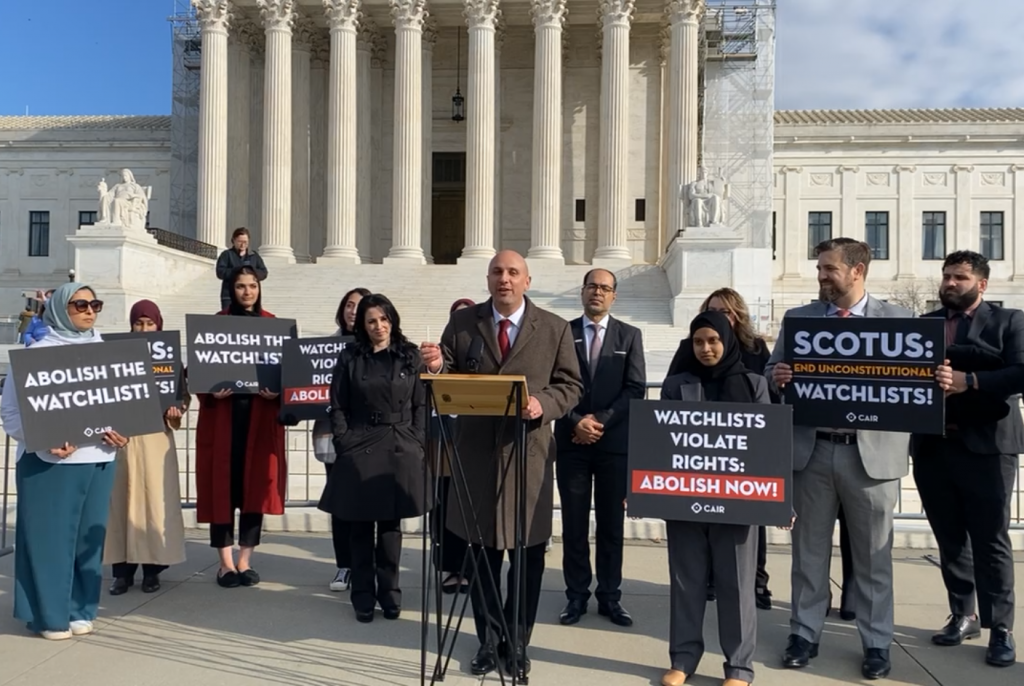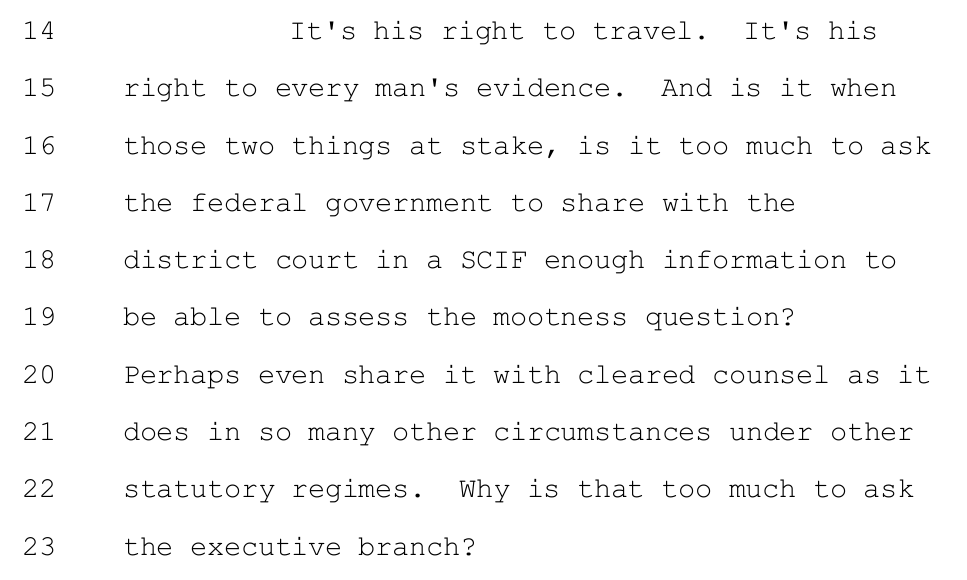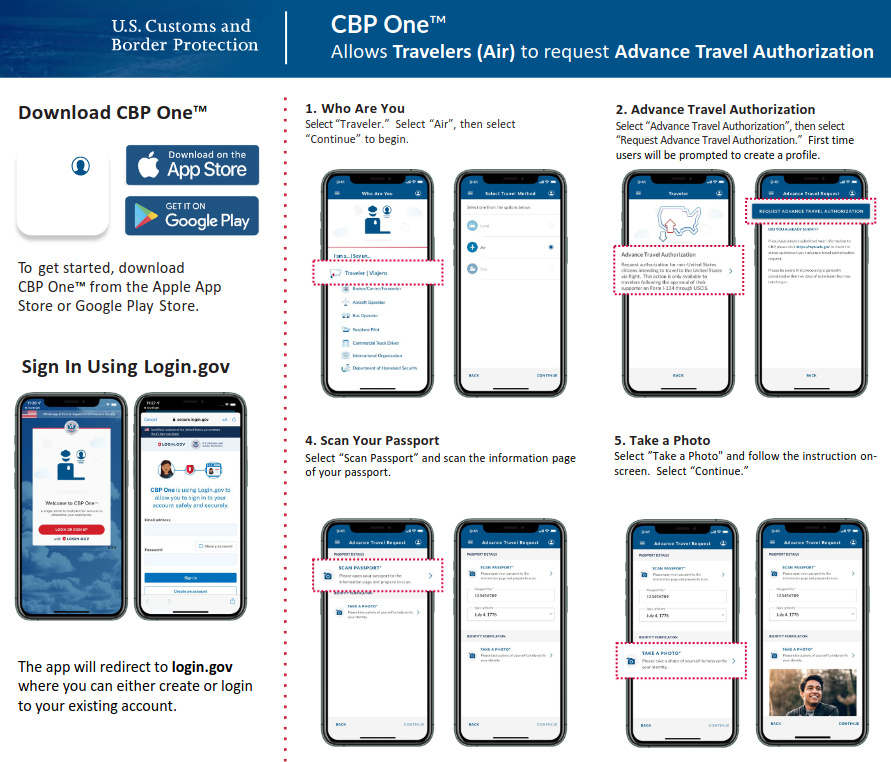5th Circuit reads travel blacklists into Federal law
In a decision issued last week, the 5th Circuit Court of Appeals has offered the first appellate opinion on whether there is any basis in law for the U.S. government’s creation and use of a system of “watchlists” (blacklists) to determine who is allowed to travel by air and how they are treated when they travel, as well as to impose other sanctions.
Numerous lawsuits have challenged various aspects of the government’s blacklistsing system and its application to airline passengers, but this is the first time that any U.S. appellate court has ruled on whether Congress has given the various agencies that created, maintain, and use these lists any statutory authority to so so.
The 5th Circuit panel found multiple mentions in Federal law of the use “databases” for “screening” of airline passengers. But that begs the question that was actually presented. As the Council on American-Islamic Relations (CAIR) argued in their brief on appeal:
Below, both the district court and the Government presented a mishmash of statutory language, none of which clearly authorizes any of the Defendant agencies to create, maintain, administer, or use a million-name list to infringe on the liberty of U.S. citizens and foreign nationals alike…. High-level congressional authorization of general law-enforcement and national-security activity is self-evidently inadequate to satisfy the major questions doctrine. Even the more precisely-worded statutory provisions that the Government offers to justify specific uses of the watchlist fall short because they nowhere authorize the creation or maintenance of the watchlist in the first place. At bottom, a survey of the Government’s cited authorities reveals that Congress did not create the watchlist—unelected bureaucrats did….
The district court did not conclude that the text of any specific statute clearly authorized federal agencies to create, maintain, and use the watchlist. Instead, the district court followed the Government’s lead and cobbled together (supposedly) clear statutory authorization from a hodgepodge of different laws, none of which—whether viewed separately or together—comes close to supplying clear congressional authorization….
Other cited provisions may grant TSA the power to use the watchlist to screen passengers but nowhere authorize any agency to create, maintain, or administer the watchlist in the first place.
Congress’s after-the-fact acquiescence to an agency’s power grab cannot provide the clear congressional authorization for the agency’s action. Rather, Congress’s clear authorization must come before the agency asserts the power to significantly intrude on the liberty of millions of Americans.



